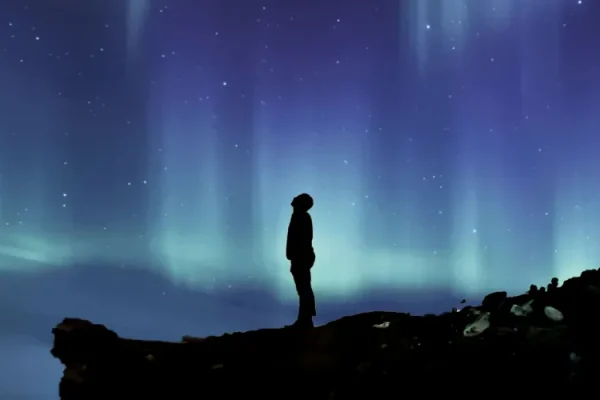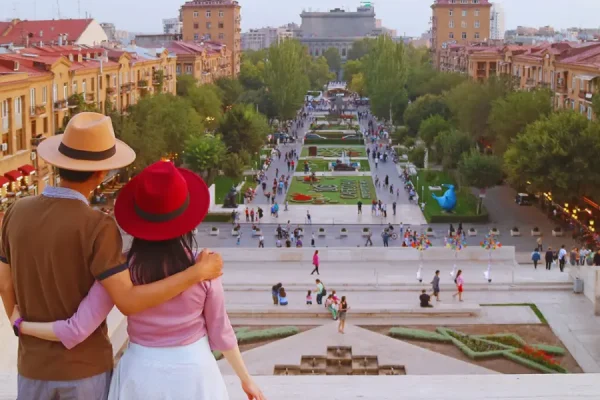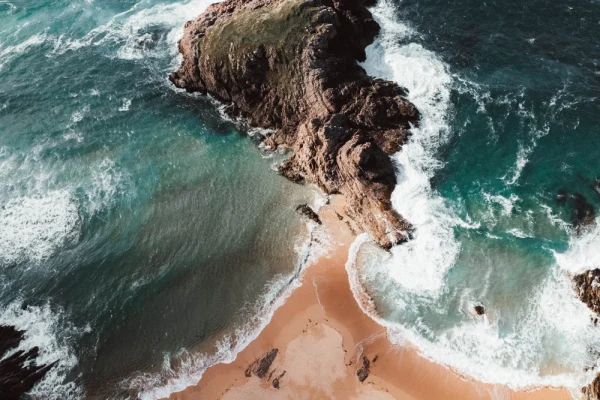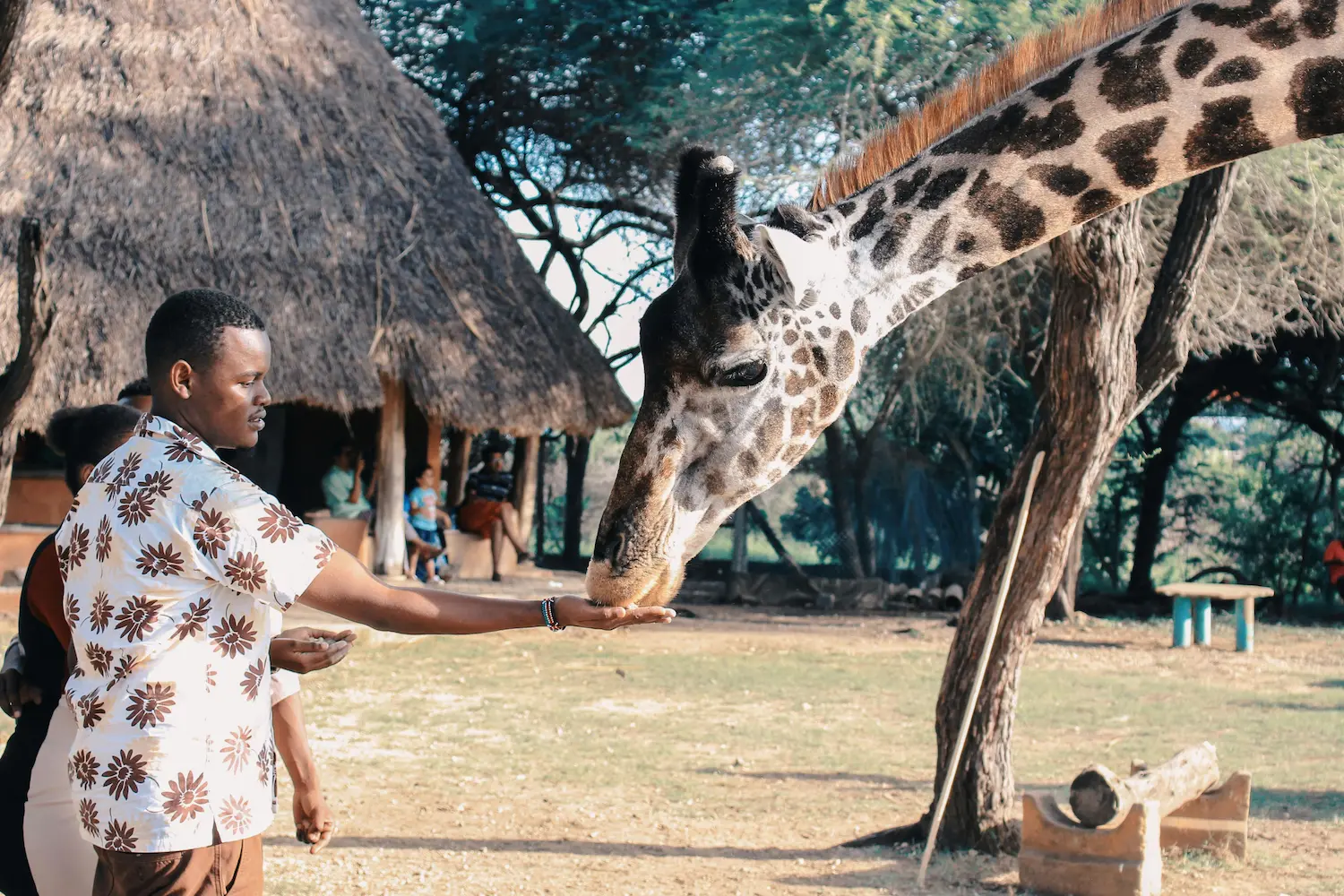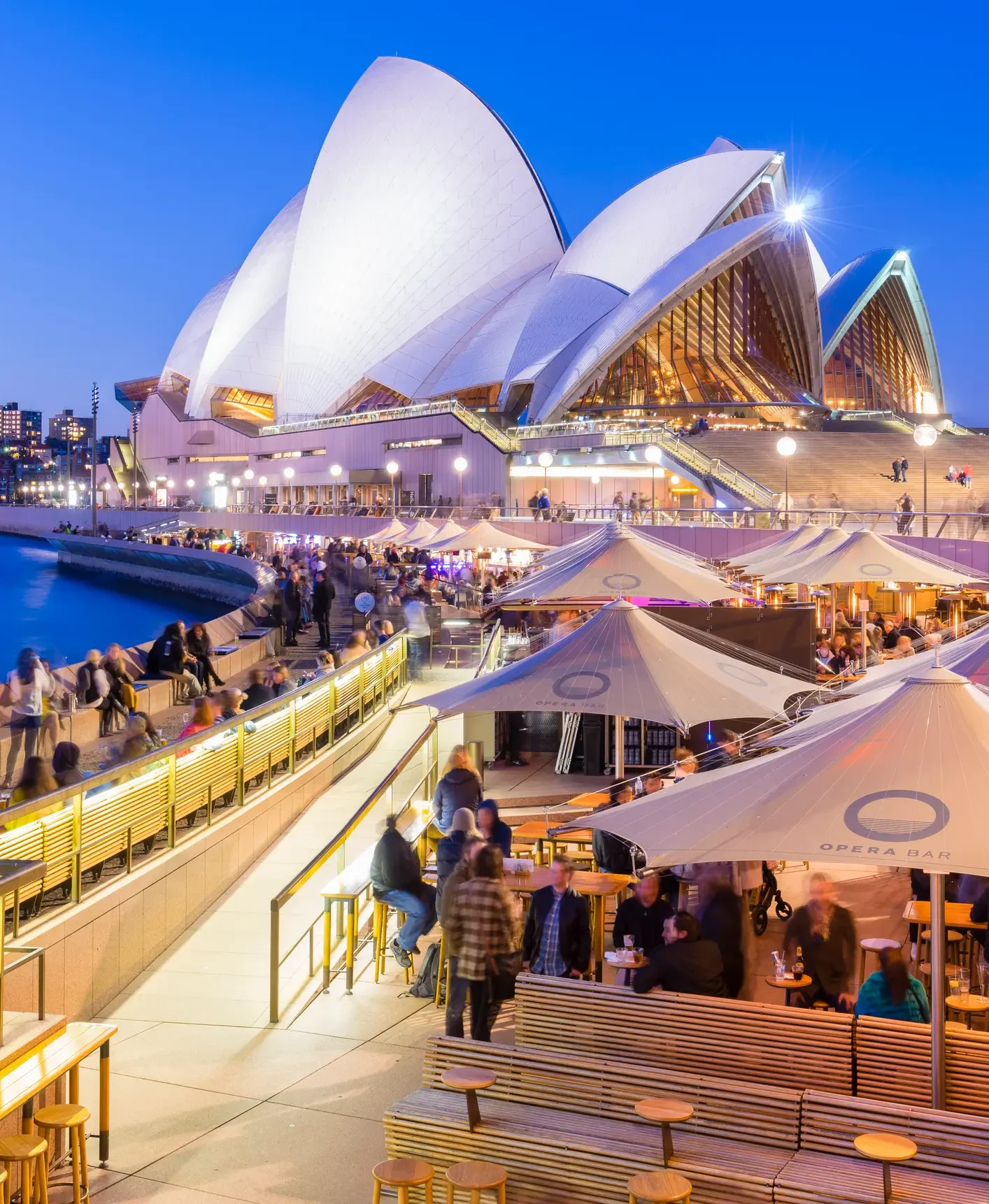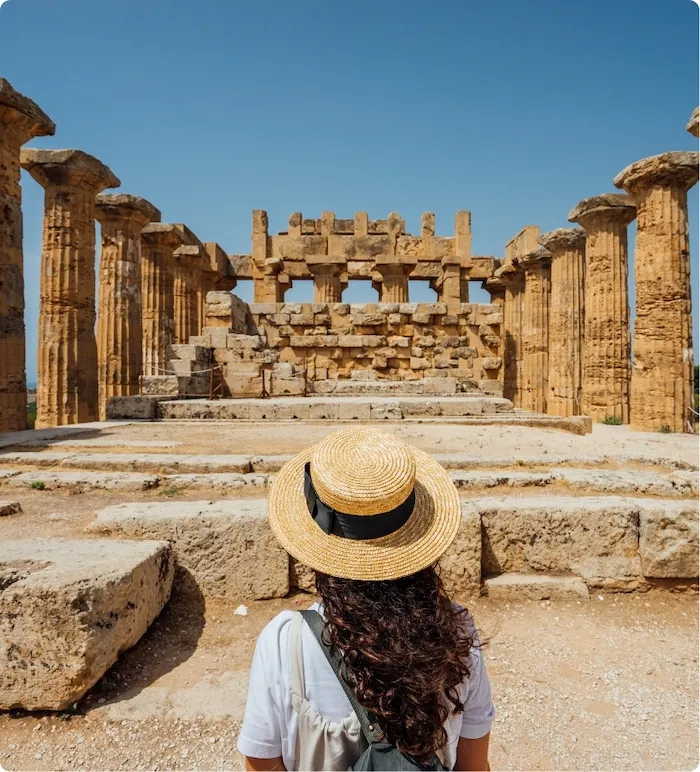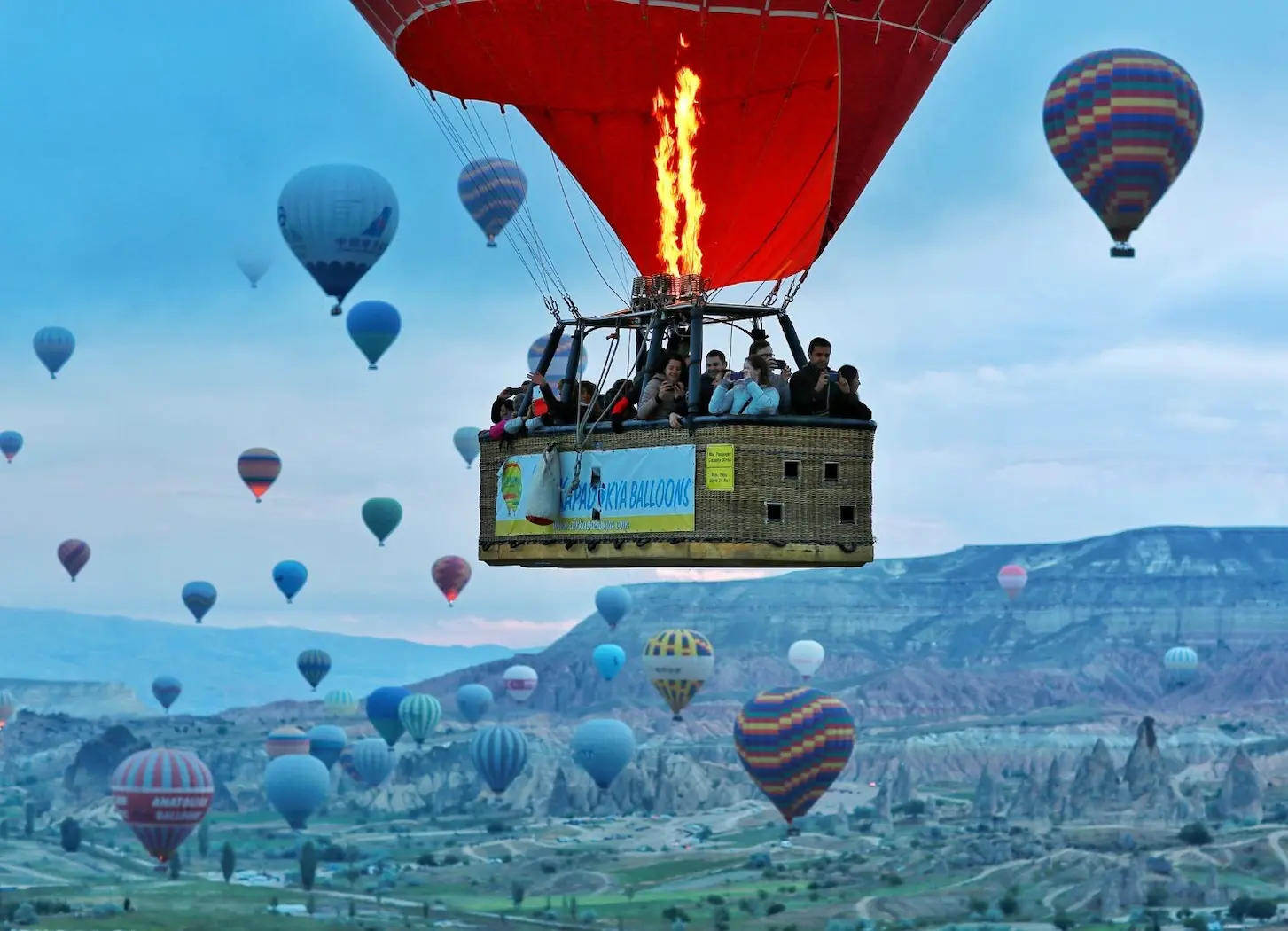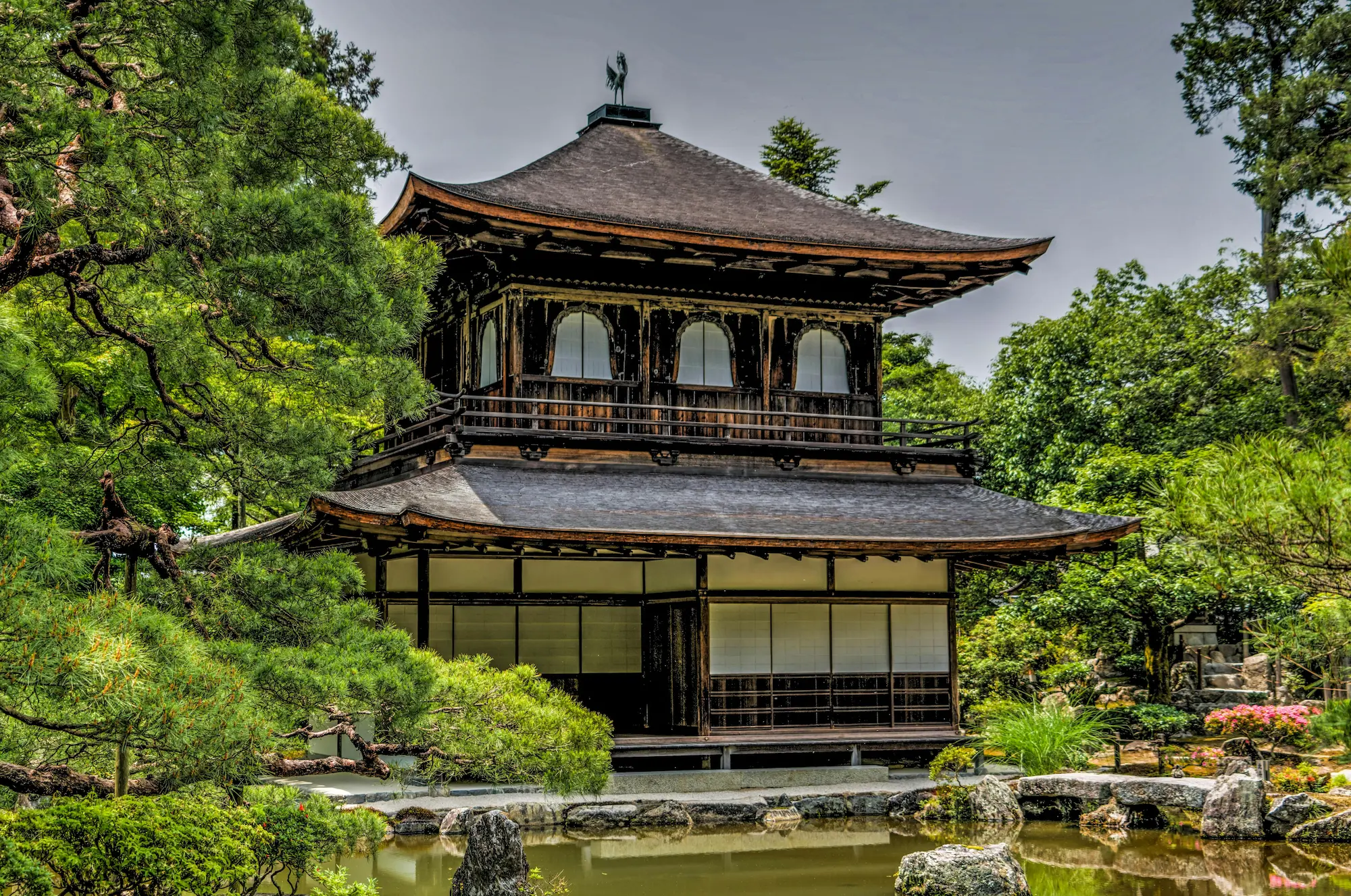Some places sing. Others whisper. But in Southern Spain, culture dances — fierce, unapologetic, and full of fire. Here, flamenco isn’t something you watch. It’s something you feel. It rattles through the soles of your feet and settles somewhere between your ribs — a music born of longing, of celebration, of centuries carried in the body.
To follow the flamenco trail is to follow a heartbeat. Not just through theatres and tablaos, but through alleyways and courtyards where rhythm hangs thick in the air. This is where Spain reveals itself — not through monuments or museums, but through a single stomp that says: I’m still here.
When the Music Came From the Margins

Long before it dazzled on global stages, flamenco began in the shadows, sung softly in kitchens, danced on dirt floors, whispered between outcasts. The Flamenco history in Spain is not linear, nor neat. It’s tangled with migration, resistance, and the aching poetry of lives lived on the edge.
The Romani people, Andalusi Arabs, Sephardic Jews, and rural Andalusians each left behind rhythm, story, sorrow, which flamenco absorbed like a sponge. Over time, it became something fiercely its own. A living language of grief and joy. A way to shout without words. And Spain, Southern Spain especially — never let it go.
Andalucía: The Land Where Flamenco Still Breathes

If flamenco was born in Spain, it came of age in Andalucía. You’ll hear it in the heels tapping down cobbled streets in Jerez. You’ll feel it in Triana, where guitar strings hum through open windows like lullabies with bite. You’ll witness it in Granada’s caves, where candlelight flickers on sweat-soaked brows mid-performance.
The history of flamenco in Andalucía isn’t a museum exhibit — it’s alive. In every festival, every backyard gathering, every small-town tablao where the only spotlight is the moon. You won’t need a ticket. Just curiosity, and a willingness to sit still while something ancient unfolds in front of you.
This Isn’t a Show. It’s a Spell.

True flamenco doesn’t ask to entertain you — it asks to transform you. One dancer, one guitarist, one voice. No spectacle. No backdrop. Just raw presence. You’ll see it in the dancer’s hands — trembling and precise. You’ll hear it in the singer’s throat — that hoarse, soulful quejío that feels like it’s scraping truth from somewhere deep.
And just like that, the room disappears. Time stretches. You are somewhere older than memory, caught in a moment that’s being created and destroyed all at once. That’s flamenco. Fleeting, ferocious, unforgettable.
Why the Flamenco Trail Belongs on Your Journey
Because this isn’t about ticking off traditions. It’s about walking into a room and leaving changed. It’s about standing under a fig tree in Ronda or sipping sherry in Cádiz and hearing the echo of a thousand dances before yours. It’s about seeing how a place can hold grief and joy in the same breath — and turn it into music.
And maybe, if you let it, flamenco won’t just move your feet. It’ll rearrange your soul.


